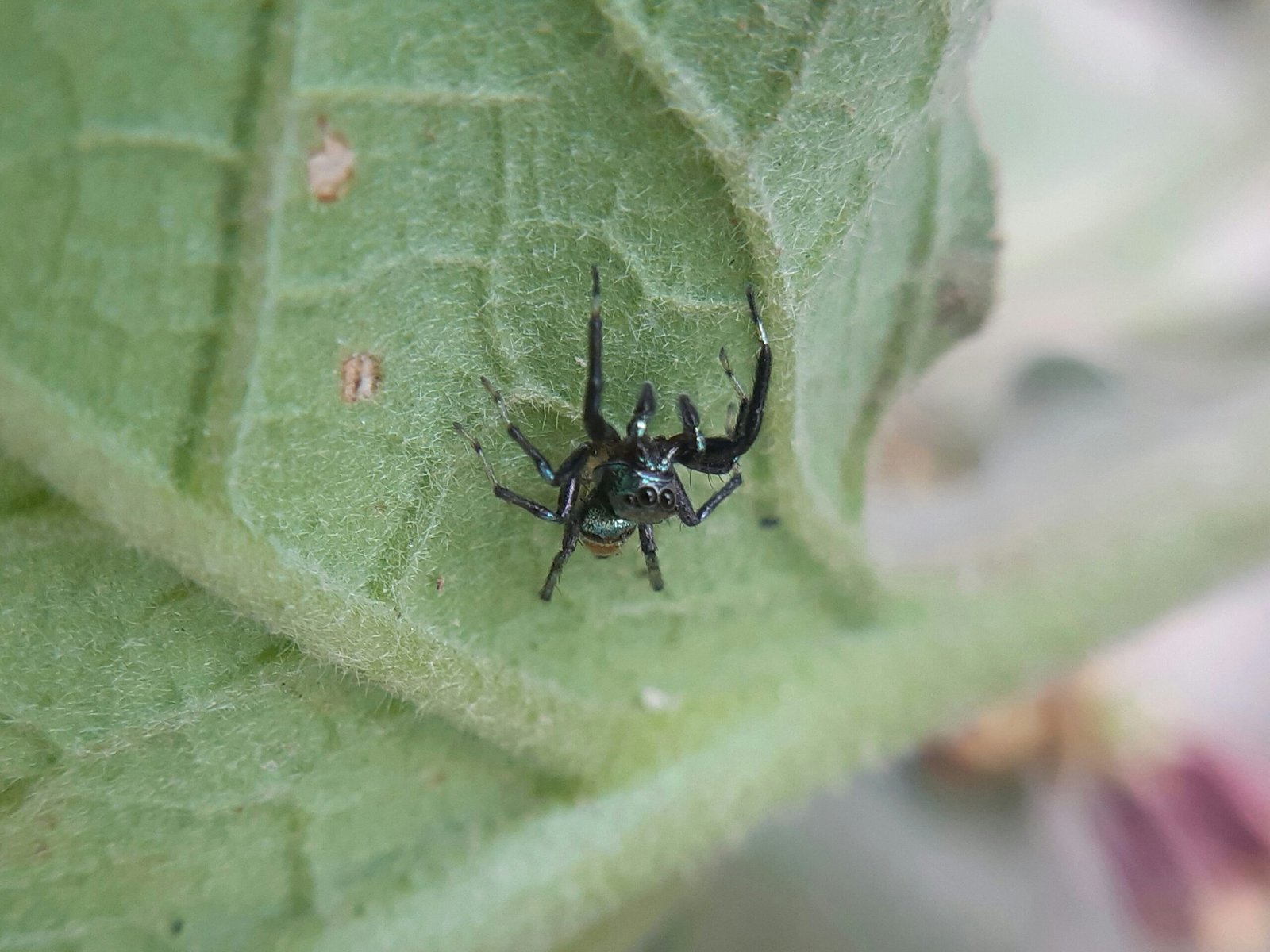Have you ever looked at a tarantula’s enclosure and noticed the intricate web of silk strewn throughout? If so, you’d likely wonder about the significance of such a mesmerizing creation. A tarantula’s silk plays a pivotal role in its daily life and well-being, and understanding this can enrich your appreciation for these fascinating creatures.
What Is The Significance Of A Tarantula’s Silk In Its Enclosure?

The Basics of Tarantula Silk
Silk is a hallmark of many arachnids, and tarantulas are no exception. Produced by specialized glands called spinnerets, this silk has more purposes than you might initially think. Unlike spiders that create complex webs to catch prey, tarantulas use their silk in unique and varied ways.
Types of Silk Produced by Tarantulas
Tarantulas produce multiple types of silk, each serving different functions. For example:
| Type of Silk | Primary Function | Characteristics |
|---|---|---|
| Dragline Silk | Anchoring and safety lines | Strong and elastic |
| Warning Silk | Territory marking | Resistant and durable |
| Cocoon Silk | Protecting eggs | Soft and insulating |
| Retreat Silk | Creating a comfortable habitat | Layered and cushioned |
Understanding these different types of silk helps you appreciate their multifaceted uses in the tarantula’s life.
Silk for Safety and Anchoring
One of the primary functions of silk is providing a safety line. A tarantula will often anchor itself with a dragline of silk as it moves around its enclosure. This acts like a lifeline, ensuring that if they fall, they won’t plummet straight to the ground.
Silk for Construction of Shelters
Tarantulas also use silk to create intricate retreats or burrows. These shelters offer them protection against predators and environmental conditions. For terrestrial tarantulas, you might find silk lining the entrance to their burrows, making it easier for them to detect vibrations and potential threats. Arboreal tarantulas, on the other hand, often use silk to create elaborate tube webs in trees or high spaces within their enclosures.

Silk for Territory and Warning
Tarantulas are territorial creatures, and silk plays an essential role in marking their territory. The webbing around the enclosure often serves as a warning to other potential intruders. This territorial marking can be particularly evident during feeding times or when you introduce new elements into their space.
Silk in Molting Process
Molting is a critical phase in a tarantula’s life for growth and health. During this vulnerable period, they weave a molting mat using silk. This mat provides a soft, cushioned area to safely flip onto their back and shed their old exoskeleton. Silk’s insulating properties also help maintain the necessary moisture levels, aiding in a successful molt.

Silk and Sensory Input
Tarantulas have poor eyesight and primarily rely on their sense of touch to interpret their surroundings. The silk they lay down in their enclosure serves as an extended sensory system. Vibrations travel through the silk, allowing the tarantula to detect even the slightest movements of prey or predators.
Silk for Egg Protection
Female tarantulas use silk to create protective egg sacs. The cocoon-like structure of silk ensures that the eggs are safe from predators and environmental threats. The female will often guard this silk sac diligently until the spiderlings hatch.

Impact on Enclosure Care
Understanding the significance of silk can also influence how you care for a tarantula’s enclosure. Whether you’re setting up an initial habitat or conducting maintenance, consider how silk affects different aspects:
Enclosure Setup
When arranging the habitat, provide plenty of anchor points and hiding spaces. This encourages natural silk use, allowing your tarantula to feel secure and comfortable.
Cleaning and Maintenance
Regular cleaning is necessary, but be cautious not to disturb any crucial silk structures. Removing the silk entirely can stress the tarantula, as they will need to rebuild their sense of security and retreat.
How Silk Affects Behavior
The presence of silk can influence a tarantula’s behavior, often indicating their emotional and physical state. For example, excessive silk production might signify stress or the approach of molting, while minimal silk could suggest that a tarantula is ill or uncomfortable in its environment.

Monitoring Silk Patterns
Keep an eye on the silk patterns your tarantula creates. Changes in these patterns can offer insights into their health and needs. For instance, more silk around the entrance to a hide might indicate the approach of molting, whereas a thicker mat in one corner might be preparation for egg laying.
Significance of Silk in Captive Breeding
For those interested in breeding tarantulas, silk plays an indispensable role. Courting often involves the male leaving silk draglines as part of his mating ritual. Female tarantulas will also create special silk structures to protect their egg sacs, crucial for the survival of the next generation.
Preventing Issues Related to Silk
While silk is beneficial, it can occasionally lead to some issues in the enclosure:
- Vent Blockages: Excessive silk can block ventilation, leading to humidity problems. Ensure that openings remain clear.
- Substrate Issues: Silk combined with substrate can sometimes form clumps that might harbor waste or mold. Regular, careful cleaning helps mitigate this risk.
FAQs
Does all tarantula silk look the same?
No, the appearance and texture of tarantula silk can vary depending on its type and purpose. Dragline silk, for example, is often thinner and more transparent than cocoon silk.
Do male and female tarantulas use silk differently?
Yes, during mating rituals, males often use silk to create sperm webs, which is a behavior you’ll primarily observe in mature males. Females use silk more extensively for protecting eggs and creating retreats.
How can I encourage my tarantula to use more silk?
Provide a variety of textures and structures in the enclosure, such as branches, rocks, and leaves. These elements can encourage your tarantula to create more silk for anchoring and exploring.
Conclusion
In your journey into the world of arachnids, understanding the significance of a tarantula’s silk is an eye-opening experience. This intricate, multipurpose material plays crucial roles from providing safety and comfort to enhancing sensory perception and aiding in breeding. By appreciating the various functions of tarantula silk, you can create a more enriching and supportive environment for your eight-legged friend. So, next time you see that dazzling display of silk in the enclosure, you’ll know just how important it is to your tarantula’s life and well-being.